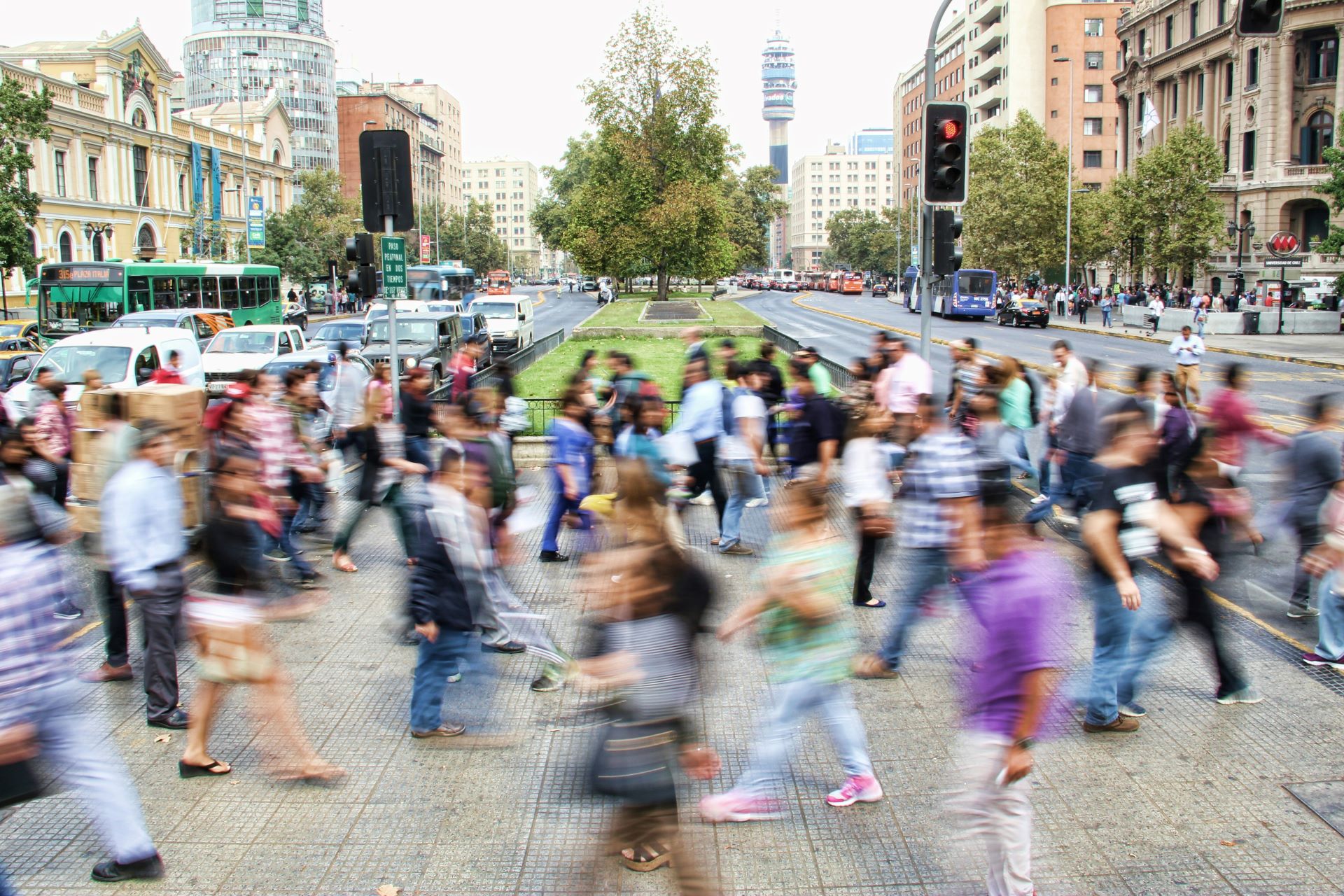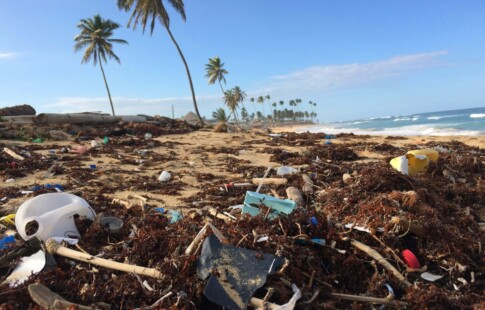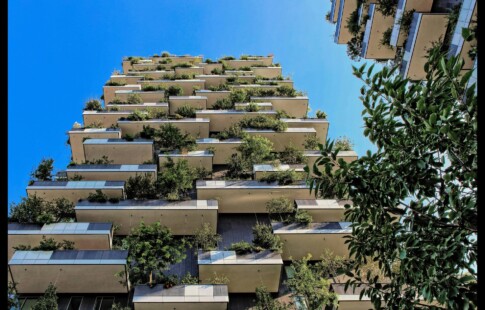
15 Elements of Green Neighborhoods and Tight-Knit Communities
We are reader-supported. When you buy through links on our site, we may earn affiliate commission.
The ideal green neighborhoods can have countless residents, but it is the culmination of their efforts that will make them sustainable. These communities do not need all these qualities, but perhaps this will get you brainstorming about how to contribute to your local area and, therefore, the world. Eventually, people will get used to working together to lower carbon impacts on a bigger scale, and it starts with you and your neighbors. Here are some of the main characteristics.
1. Renewable Energy Sources
Sustainable households have an energy mix of solar, wind, geothermal, and biomass generators. Energy storage is another must, as it makes the community resilient against blackouts and disasters. Many communities are establishing microgrids, which keep clean energy generation within the neighborhood, sharing excess with others that need it.
2. Energy-Efficient Buildings and Sustainable Materials
Using eco-friendly materials that are renewable, carbon-sequestering, and nonpolluting is crucial for making eco-friendly homes and businesses. If you work in the industry, you can do your part during planning to suggest ways to construct buildings to lower energy and resource consumption. Inhabitants can do their part by taking as little as possible from them by switching off lights, turning off faucets, and engaging in proper waste disposal.
3. Green Infrastructure
You have more than eco-friendly houses around the block. You will also see green spaces, like parks, and gardens, even on rooftops. There will also be third spaces for people to communicate and socialize, directly dismissing the conventions of modern urban areas that encourage isolation.
4. Water Conservation
The people do as much as they can to keep waterways clean and clear. They also participate in water recycling and conservation, including rainwater harvesting and greywater recycling. There is no need to stress out water utility providers when many water sources are great for things like watering plants.
5. Efficient Waste Management
Green neighborhoods advocate and employ diverse waste management solutions. This includes a sufficient municipal trash collection service that comes regularly enough to prevent dumpsters and other resources from being overfilled. It also includes robust recycling that is well-communicated to residents. The best spaces also have compost bins.
6. Sustainable Transportation
Living in a green space also encourages you to use your car less if it has an internal combustion engine. This means having walkable areas with numerous sidewalks and safe-to-use bike lanes. Public transit is also a major component, giving people diverse options for low-emissions ways to get around.
7. Electric Vehicle Infrastructure
For those who need to drive, there must be adequate EV chargers throughout the neighborhood that people can use. They should be fast enough to prevent people from spending too much time there.
8. Local Food Production
From community gardens to urban farms, there is no shortage of ways to encourage local food production. Even individual households can grow their own food, sharing it with families next door. Many neighborhoods are part of food deserts, and this helps alleviate those problems.
9. Resource Exchange and Sharing
This can be with food or other resources. For example, people should feel comfortable enough to borrow tools from others nearby. Not all people need to own a riding lawnmower or a niche car-repair device. This can be shared among the community instead of encouraging everyone to practice hyperconsumption and own everything.
10. Biodiversity Support
People can use their properties to support native wildlife by planting local wildflowers and removing invasive species. This will invite pollinators, boosting food production, and promoting biodiversity, regulating the environment. It also brings back animals and plants that were previously removed from the area because of exploitative land use.
11. Climate Resilience
Every community is vulnerable to the impacts of climate change. Severe weather is ramping up, so everyone needs to be prepared to protect themselves and help one another. This includes climate resilience measures like community plans for emergencies and infrastructure, like designating community centers to store shared dry goods.
12. Community Engagement
Lack of environmental policy is one of the primary polluters of the soil and water. It also contaminates communities, making them dismissive of environmental issues. Community engagement is a must in greener spaces because everyone has a shared value of climate advocacy. This can come in many forms, whether it be speaking to representatives or picking up litter in the streets.
13. Green Jobs and Education
Green neighborhoods have tons of opportunities to boost green skills and help the planet, either with renewable energy installation or microplastics research at the local university. There are also educational programs, whether formal or informal, with community centers or colleges to teach everyone about the importance of green skills and environmental awareness. They should be offered at all levels and at all prices to give everyone a chance to engage in these ideas.
14. Pollution Control
Air quality monitoring, regular water testing, and soil observations are crucial because they determine the most threatening contaminants in the area. Many use smart devices to engage in these at home, though the local government should undertake these initiatives, too. It shows residents the most prominent risk factors in their area that could contribute to biodiversity loss or even a public health issue.
15. Social Equity
A major component of intersectional environmentalism is inclusivity. Green neighborhoods are only truly green if they are constructed and operated with everybody in mind, regardless of their abilities or demographics. In fact, the United Nations Sustainable Development Goals include many social objectives because of how tightly woven these concepts are to one another. Sustainable development is equal to having a community without prejudice.
The disproportionate environmental racism against marginalized communities has made social justice and sustainability a joint issue. Everyone must take responsibility for fostering an accepting community with infrastructure that allows everyone to enjoy a low-carbon lifestyle and live free of pollutants and threats related to anthropogenic climate change.
The Power of Green Neighborhoods
These are what you will see if you’re looking for a green neighborhood to be a part of. You can also take these ideas to start fashioning one in your area. You never know who could feel inspired by your actions to protect the planet.
Share on
Like what you read? Join other Environment.co readers!
Get the latest updates on our planet by subscribing to the Environment.co newsletter!
About the author

Jane Marsh
Starting from an early age, Jane Marsh loved all animals and became a budding environmentalist. Now, Jane works as the Editor-in-Chief of Environment.co where she covers topics related to climate policy, renewable energy, the food industry, and more.





